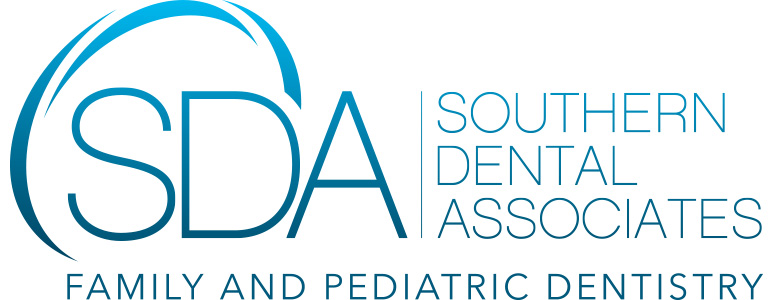A dental x-ray is a valuable tool for dentists and their patients. They help detect decay, hidden roots, and other problems that can lead to pain or discomfort. But what do you need to know before your child undergoes the procedure? Here’s some information about how dental x-rays work as well as some things you should expect on the day of the exam.
How Does a Dental X-ray Work?
When the x-rays pass through the mouth, the teeth and bones absorb more of the ray than the gums and soft tissues, so the teeth appear lighter on the final x-ray image (called a radiograph). Areas of tooth decay and infection look darker because they don’t absorb as much of the x-ray.
What Are the Benefits of Dental X-rays for Kids?
X-rays are both diagnostic and preventative, detecting problems in your child’s mouth before they become serious issues. An examination of your youngster’s teeth without an x-ray may not reveal many potential problems with the teeth and surrounding tissue, including tiny patches of decay, bone infection, abscesses, or tumors.
X-rays are essential for detecting problems such as jaw and tooth-root issues, and gum disease, including gingivitis. It is critical to identify these issues at an early stage in order to create a successful treatment strategy. Without x-rays, issues not obviously apparent could go undiagnosed, resulting in progressive worsening, even to the extent of threatening your child’s overall health.
What Are the Different Types of Dental X-rays?
Intraoral X-rays
This is the most common type of dental x-ray and captures an image of all of your child’s teeth at one time. It’s used to follow tooth development and root health, detect cavities, and determine how securely the jaw bone is anchoring teeth.
Extraoral X-rays
Extraoral x-rays, on the other hand, are taken outside the mouth. They focus on the bigger bones in the head, particularly the lower and upper jaw. These x-rays help your child’s dentist to monitor the condition of the jaw joint and to spot problems such as impacted teeth.
Panoramic Radiography
Panoramic radiography imaging enables the pediatric dentist to get an overall picture of the entire mouth. Panoramic x-rays not only show the condition of the teeth – including any yet-to-surface – but also the state of the upper and lower jaws and surrounding tissue and structures. They are used for a general review of teeth and supporting bone, and to assess wisdom teeth.
Orthodontic X-rays
Orthodontic x-rays show an entire side of your child’s head. Since the teeth are visible in the same image as the head and jaw, these images can be indispensable in planning orthodontic treatments to correct misaligned or crooked teeth.
Cone Beam Computerized Tomography
Cone Beam Computerized Tomography (CBCT) x-rays provide a three-dimensional view of your child’s mouth when the dentist needs to gauge the spacing and development of the teeth.
Are There Any Risks of Taking Dental X-Rays of My Child?
Radiation exposure is one of the common concerns of parents. The amount of radiation involved in taking an image is very small which makes it safe for use on children or adults who need dental imaging.
Ask your dentist whether they use traditional dental x-ray imaging with traditional film or digital x-rays. Using digital x-rays over traditional film reduces the overall dose by 90%. Digital radiography also allows images to be captured and viewed immediately instead of waiting to develop them first – speeding up treatment time as well as reducing patient stress levels.
You also want to weigh the risks of not taking dental x-rays. Consider your child’s medical and dental history. Some health conditions and treatments may increase the importance for dental x-rays to manage existing issues or prevent common issues from happening in the future. For example, a history of dental disease or tooth decay can increase the importance of dental x-rays on your child’s oral health.
If you as a parent have any concerns for your child, your pediatric dentist should be more than happy to discuss any specific concerns you have about radiation exposure and how it can be safely minimized for your child.
Dental X-rays Are a Valuable Diagnostic and Preventative Tool
Dental x-rays are a valuable diagnostic and preventative tool that are used to detect problems with the teeth and surrounding tissue, including tiny patches of decay, bone infection, abscesses or tumors. By understanding their benefits – as well as the different types available – you can feel comfortable knowing that your child’s oral health is in good hands.
At Southern Dental Associates, our team is committed to making kid’s dentistry exciting and fun for our patients, while promoting life-long dental health. Learn more about our pediatric dentistry services.


